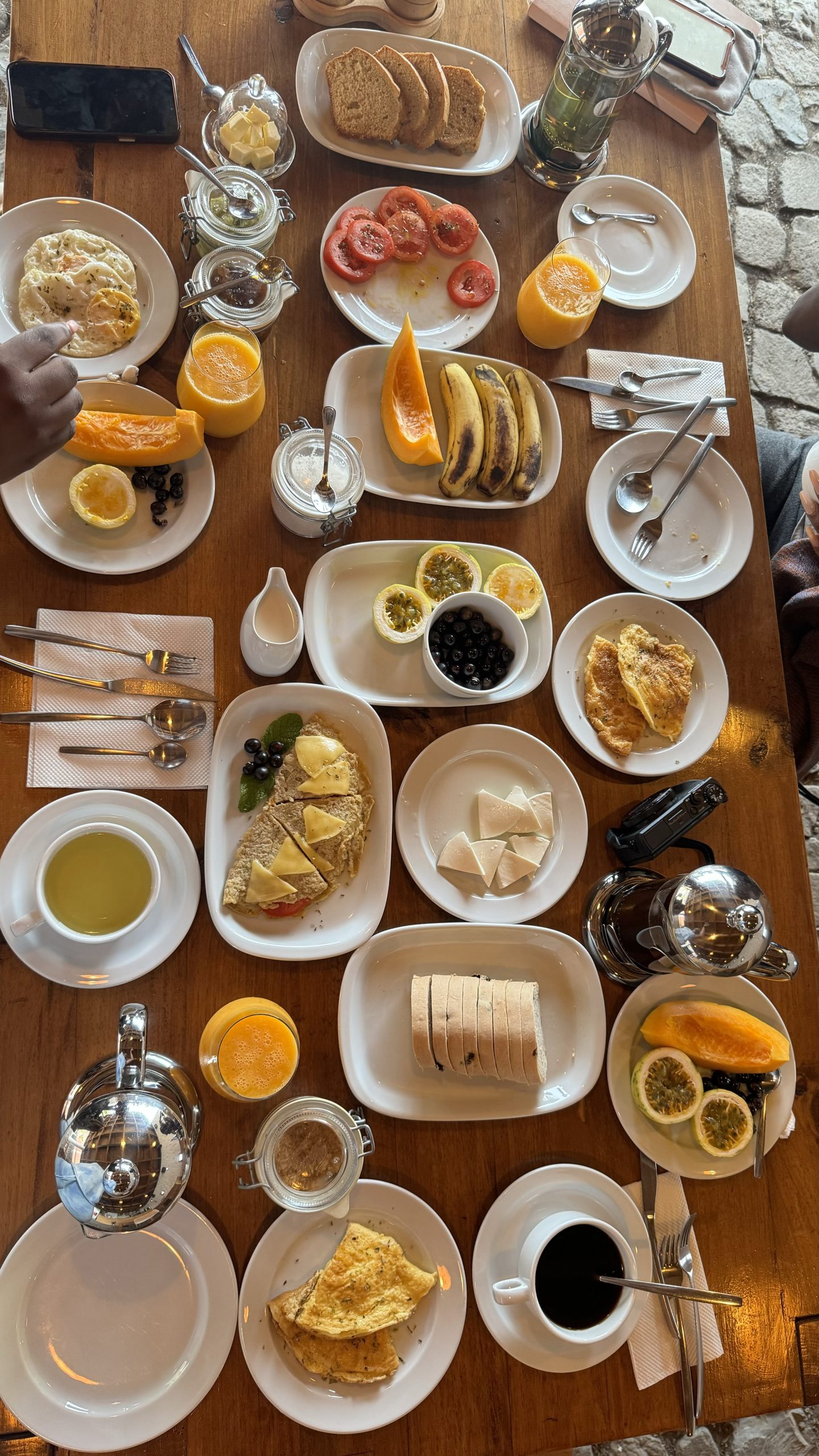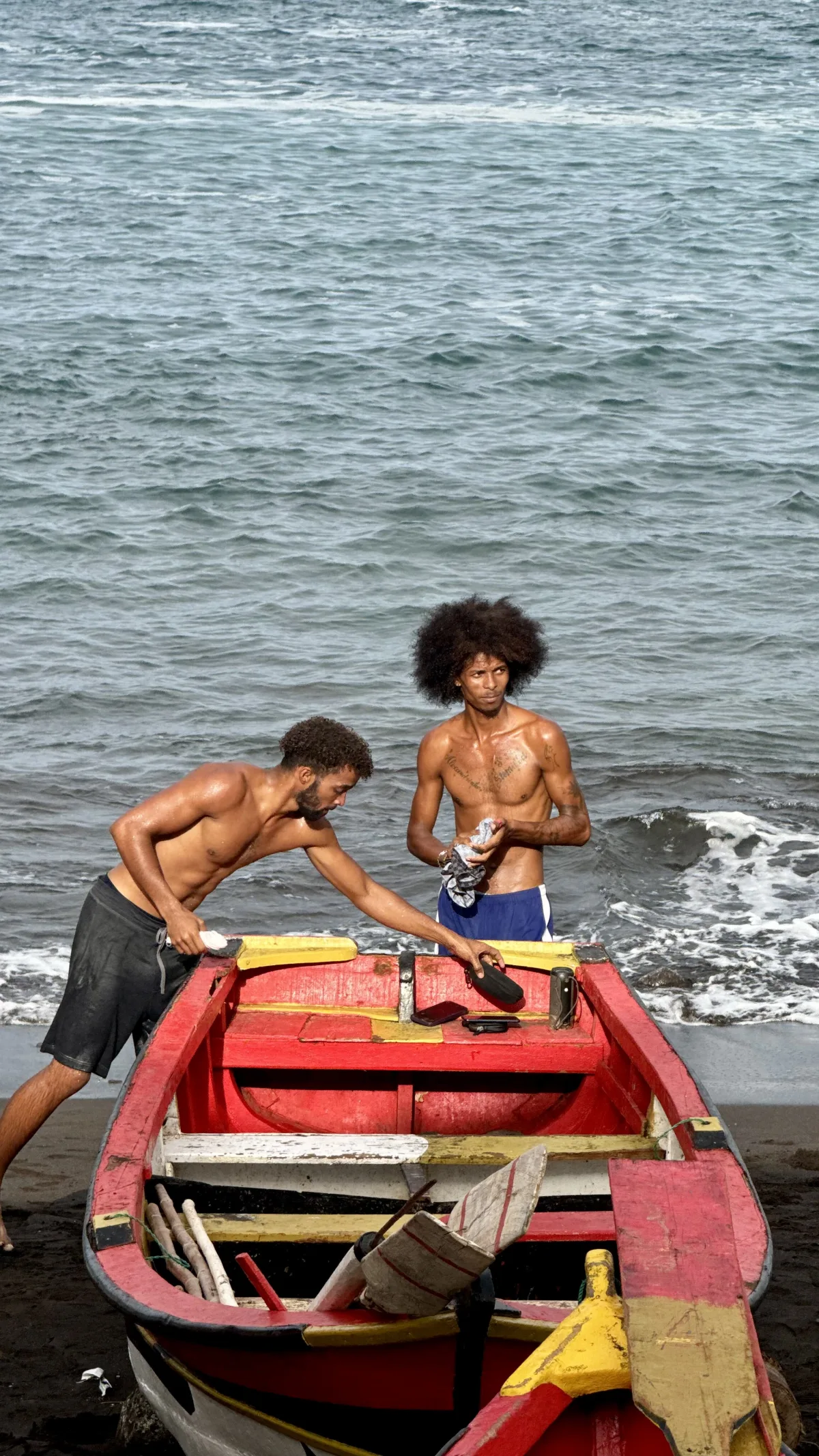Your cart is currently empty!
Category: Cape Verde
“From Many Bloods” – Cape Verde Travel Guide
Cape Verde Travel Guide: Everything you need to know before visiting Cape Verde for the first time


Cape Verde Travel Guide: Everything you need to know before visiting Cape Verde for the first time